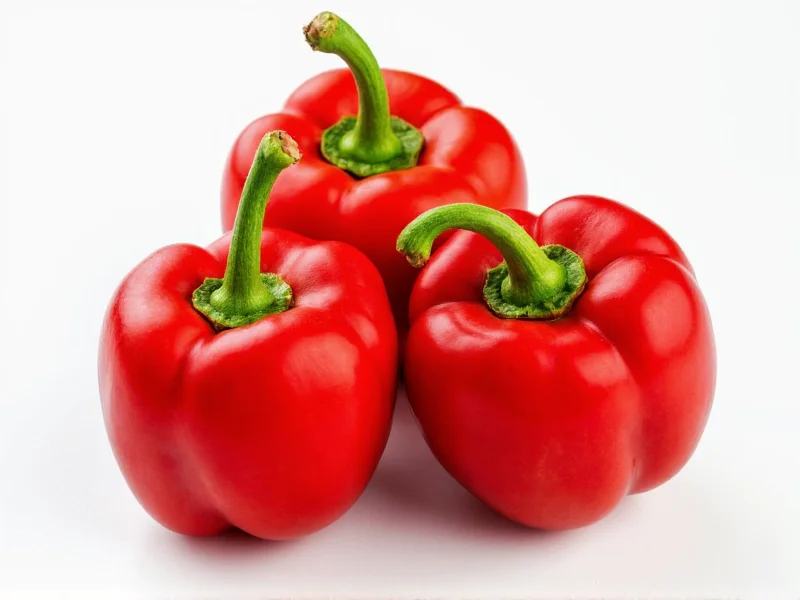Understanding Paprika: More Than Just a Red Powder
When you ask what's paprika, you're exploring one of the world's most versatile spices. This deep red seasoning adds both color and distinctive flavor to dishes across multiple culinary traditions. Unlike many spices that have a single dominant flavor profile, paprika offers remarkable diversity—from the sweet, earthy notes of Hungarian sweet paprika to the intense smokiness of Spanish pimentón.
The Origins and Production of Paprika
Paprika traces its roots to the Americas, where indigenous peoples cultivated peppers long before European contact. Christopher Columbus brought peppers back to Europe, where they eventually made their way to Hungary and Spain. Hungarian paprika production began in the 16th century, while Spanish pimentón developed its distinctive smoked character through traditional drying methods over oak wood fires.
The production process significantly affects paprika's final characteristics. Peppers are harvested, cleaned, and then either air-dried or smoked before grinding. The specific pepper varieties used, growing conditions, and processing techniques create the wide spectrum of paprika types available today.
Major Types of Paprika Explained
Understanding what is paprika spice requires recognizing its diverse varieties. The main categories include:
| Type | Origin | Flavor Profile | Heat Level | Common Uses |
|---|---|---|---|---|
| Sweet Hungarian | Hungary | Earthy, sweet, slightly fruity | Mild (0-500 SHU) | Goulash, chicken paprikash, soups |
| Hot Hungarian | Hungary | Spicy with underlying sweetness | Medium-Hot (5,000-15,000 SHU) | Spicy stews, meat dishes |
| Smoked Spanish (Pimentón) | Spain | Deeply smoky, complex | Sweet (Pimentón Dulce) or Hot (Pimentón Picante) | Paella, chorizo, roasted vegetables |
| Sweet American | USA | Mild, slightly sweet | Very Mild | Deviled eggs, potato salad, rubs |
How to Use Paprika Effectively in Cooking
Knowing how to use paprika in cooking can transform your dishes. This versatile spice works well in both dry rubs and wet marinades. For maximum flavor impact, add paprika early in the cooking process to allow its flavors to develop, but avoid prolonged high-heat cooking which can make it bitter.
Chefs recommend blooming paprika in a small amount of oil before adding other ingredients. This technique, called "tempering," releases the spice's essential oils and creates a richer flavor base for sauces and stews. When using smoked paprika, remember that a little goes a long way—its intense flavor can easily overpower other ingredients.
Nutritional Profile and Health Benefits
Exploring paprika health benefits reveals why this spice deserves a place in a healthy diet. Paprika contains significant amounts of vitamin A (from beta-carotene), vitamin E, and capsaicin (in hotter varieties). These compounds contribute to several potential health benefits:
- Rich in antioxidants that combat oxidative stress
- May support eye health through high vitamin A content
- Contains capsaicin, which may boost metabolism
- Anti-inflammatory properties
- May improve circulation
One teaspoon of paprika provides approximately 15% of your daily vitamin A needs while containing only 6 calories, making it a nutrient-dense addition to meals.
Storage Tips for Maximum Freshness
To preserve paprika's vibrant color and flavor, store it properly. Keep your paprika in an airtight container away from light, heat, and moisture. The spice cabinet works well, but for longer storage (beyond 6 months), consider keeping it in the refrigerator or freezer. Properly stored paprika maintains its potency for 1-2 years, though peak flavor occurs within the first 6-12 months.
Common Paprika Substitutes
When you need a paprika substitute, consider these alternatives based on what flavor characteristic you're trying to replicate:
- For color: Tomato paste (use sparingly) or beet powder
- For mild flavor: Sweet paprika can sometimes be replaced with a pinch of cayenne plus a bit of red bell pepper powder
- For smoked flavor: Chipotle powder (use half the amount as it's hotter) or a tiny bit of liquid smoke
- For heat: Cayenne pepper (use 1/4 the amount as it's much hotter)
Remember that no substitute perfectly replicates paprika's unique combination of color, flavor, and mild heat, so adjust recipes accordingly when making substitutions.
Understanding Paprika Labels and Quality
When shopping for paprika, understanding labels helps you select the right type. Look for indicators like "sweet," "hot," "smoked," or specific regional designations like "Hungarian" or "Spanish." Higher quality paprika often specifies the pepper varieties used and may indicate whether it's made from whole peppers or just the skins and seeds.
For the most authentic experience with Hungarian paprika vs Spanish paprika, seek out products labeled with specific designations: Hungarian "Édesnömör" for sweet paprika or Spanish "Pimentón de la Vera" for smoked varieties. These protected designations indicate adherence to traditional production methods.











 浙公网安备
33010002000092号
浙公网安备
33010002000092号 浙B2-20120091-4
浙B2-20120091-4